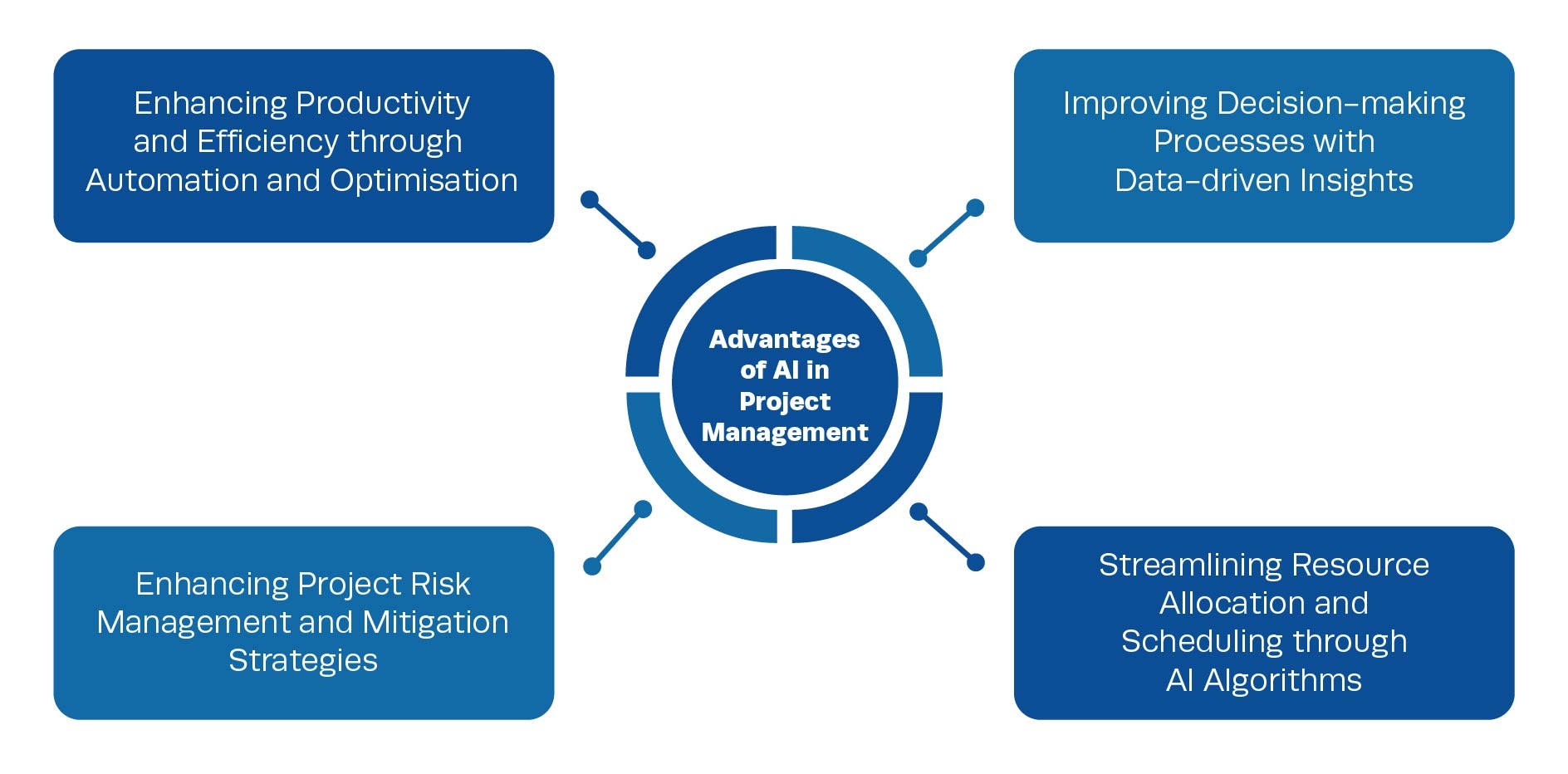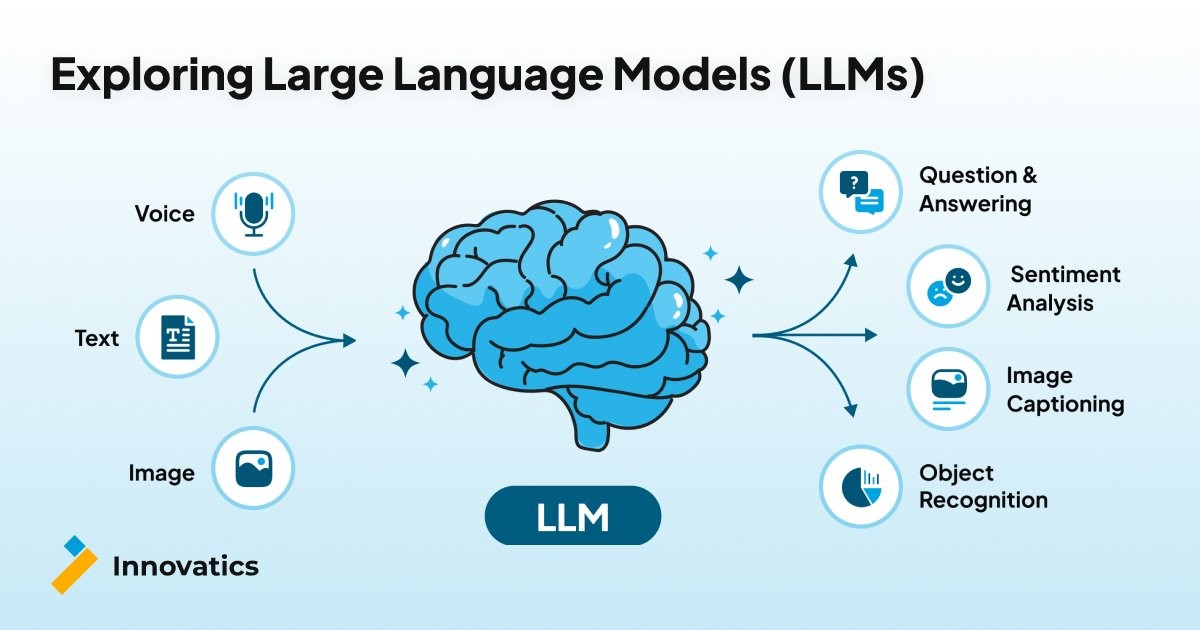SPSS stands for Statistical Package for the Social Sciences. SPSS was launched in 1968 and later acquired by IBM in 2009. SAS previously stood for Statistical Analysis System and dates back to the 70’s.
Data is generated in every industry. In order to analyze data, statistics is required, which further gives value and helps in predicting and providing data trends. Even though SPSS and SAS have a common motto which is statistical analysis and business growth, they have significant differences.

Comparisons between SPSS and SAS
SPSS is a great program and is comprehensive and flexible. SPSS is a very powerful tool for manipulating and deciphering survey data. SPSS is the most popular among researchers because it is easy to learn and use.
SAS is a code-based programming language that comes with its own software suite. SAS is used for advanced analytics, data management, predictive analysis, business intelligence, etc. SAS is a scripting language which has a steep learning curve and requires some technical background from users.
SPSS has a Modeler version with a simple drag-and-drop interface and a Statistic version with a spreadsheet-style interface to access a wide range of capabilities and works across multiple data sources. SPSS is easier to learn as it provides paste functionality. All tables, and charts can be easily pasted by the click of a button. SPSS Documentation is much better and gives better clarity on algorithms used for statistical procedures. Modelling is easier done in SPSS but SAS can provide more control due to the command line interface. The SAS Enterprise is not as good a visual interface as the SPSS.
Data processing is faster in SAS as compared to SPSS statistics. SAS can easily handle large amounts of data. It provides different features like sorting and splitting the data which makes it easier for SAS to handle big chunks. However, it is difficult to customize things in SAS as one has to have coding knowledge to build things as per the customized requirements.
SPSS does process data quickly but only smaller amounts of data. When data gets larger is it difficult to handle it through SPSS.
Need SPSS Training? Enroll for
To Conclude
Further to the above mentioned points, both SPSS and SAS require licenses to function. The cost for SAS can prove to be slightly restrictive and an individual can’t utilize its every application without an appropriate license. On the other hand, SPSS has a range of license type and proportionate costs attached to it. Statisticians are better off using a combination of SPSS and SAS to optimize cost and gain flexibility.











